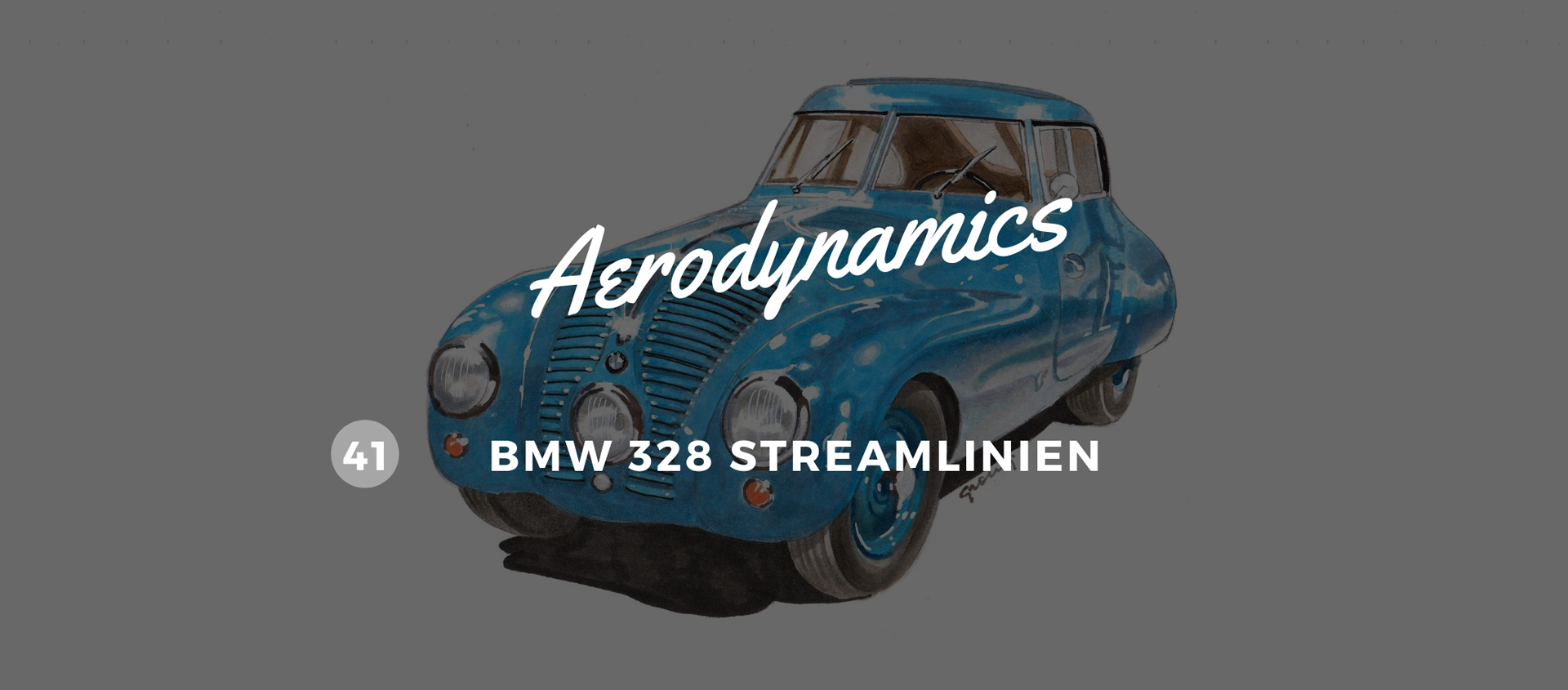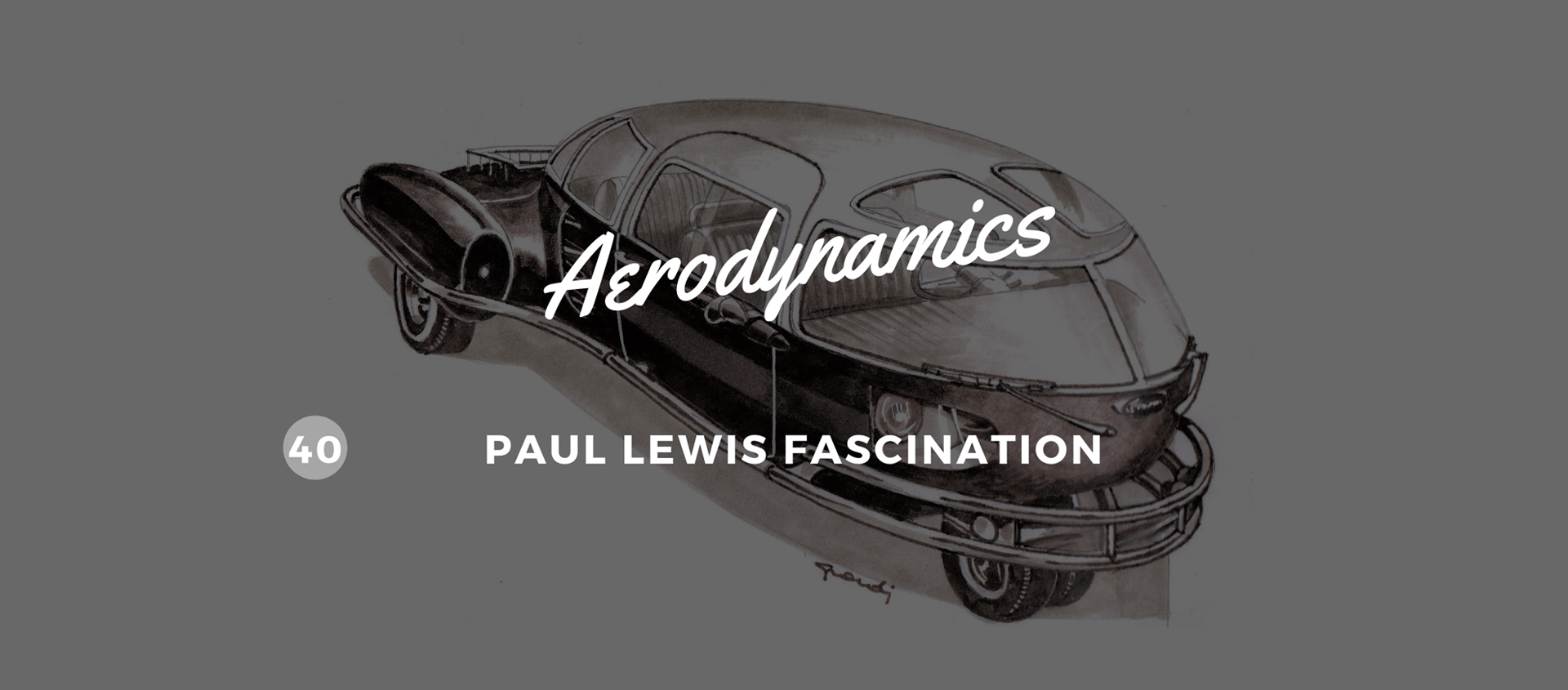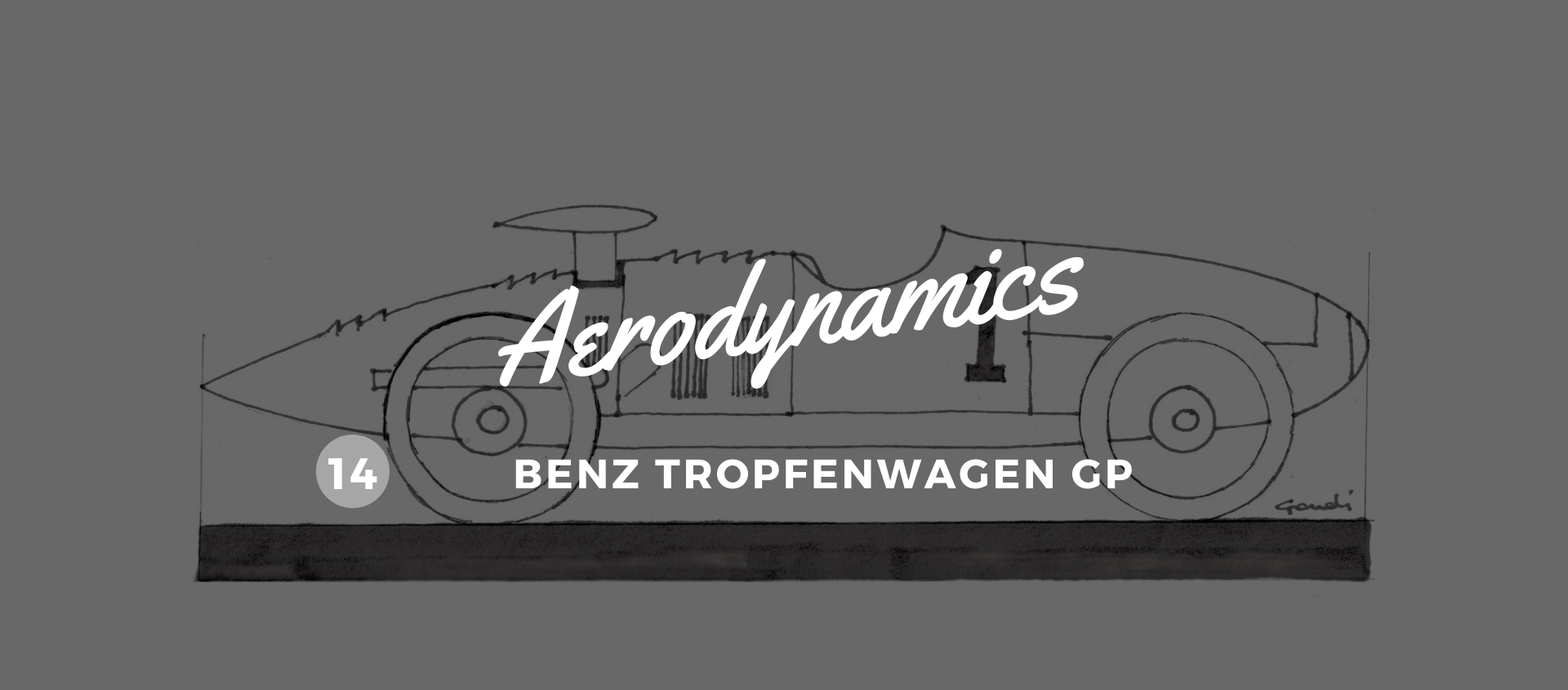Three steps into the future
16 November 2020 1 min read 5 images

Our look back over the history of aerodynamics, which began at the start of the last century, has taught us two things: first, that automotive innovation has always been impeded by the fact that customers want the reassurance of familiar and well-established lines, and are therefore little inclined to accept new and unusual shapes.
Register to unlock this article
Signing up is free and gives you access to hundreds of articles and additional benefits. See what’s included in your free membership. See what's included in your free membership.
Already have an account? Log In


